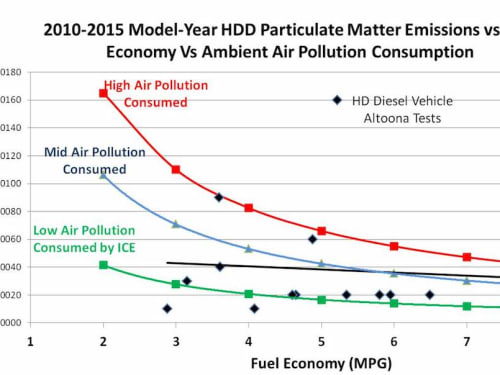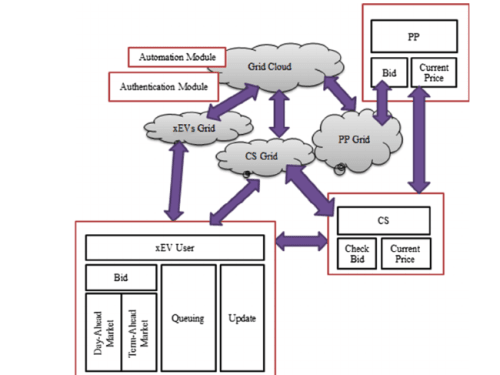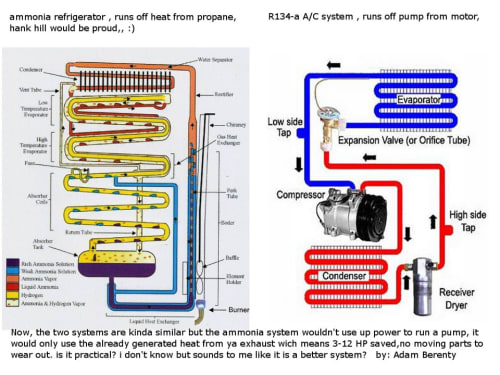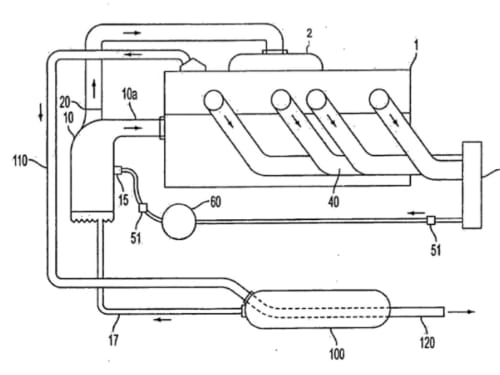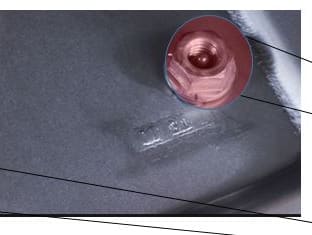2018
Automotive/Transportation
Vehicle Emission Test Protocols are Overestimating Internal Combustion Vehicle Tailpipe Emissions and Misleading Environmental Policy
For over 40-years laboratory emission test protocols, used worldwide, for light- and heavy-duty vehicles (and engines) have excluded the ambient air pollution consumed (and reduced) by the tested vehicle. The current protocol is appropriate for regulatory purposes enforcing vehicle emission standards,
EPA's mandated vehicle emission systems, patented in 1959, evolved from a platinum Catalytic Converter (C.C.), to 2 way and since model year 1981, to a 3 way C.C. design. What the EPA does not want you to know is that its 3 way C.C. “converts” 1. targeted emissions, NOx & HC, into cyanide gas,* and 2) MTBE,
Abstract:
Smart charging system for electric vehicles using cloud based monitoring and management is demonstrated in this work. xEVs (electric plugin hybrid, battery electric vehicles) Charging Management System is crucial for the dynamic demands of charging infrastructure, namely perspectives from automakers, electricity providers, vehicle owners and charging service providers. Through dedicated interface,
This submission shows a more effective method of recovering waste heat energy in commercial vehicles than the Rankine cycle systems and TEG's as used on the DOE SuperTrucks. The reason for utilizing waste heat is to reduce the vehicles fuel usage. There are four main sources of heat rejection; the exhaust, charge air cooler, EGR cooler, and the radiator.
Ammonia air conditioning uses the exhaust heat to run air conditioning in automotive applications. This is old tech that isn't used enough, and would not waste any power but save it by not using compressors,
Windmobile uses air resistance to charge its batteries. This effect is achieved by the fact that under its hood is a combined turbine, which absorbs the energy of the incoming air completely. This turbine is the most efficient in the world. In addition to the propeller, it has a turbo-expander and lateral blades.
Automotive wiring harnesses are defined as a set of organized wires, connectors, and terminals which run throughout the entire vehicle and transmit information and electric power. Wires used in the harness have a very important role in connecting different components of the car.
Problem:
70% of global oil production is used as transportation fuel. Fuel related GHG pollution costs the global economy $1.3 trillion a year. Electric has been proposed as an alternative but the EPA opines that it will never exceed 10% of the market because batteries only have 1% of the energy density of fuel.
Zero Drill : Nut Free Vehicle -- Weight & Cost Reduction with High Performance, Better Functionality
Present Issues: Nut welding field failures in vehicles.
Scope: New Design required to avoid the Nuts from the Vehicles but basically it most & should qualify the better than nut functions without failure. Zero Nut vehicles.
Idea of Design: Developed the basic design which is nut free &
Page 12 of 12
